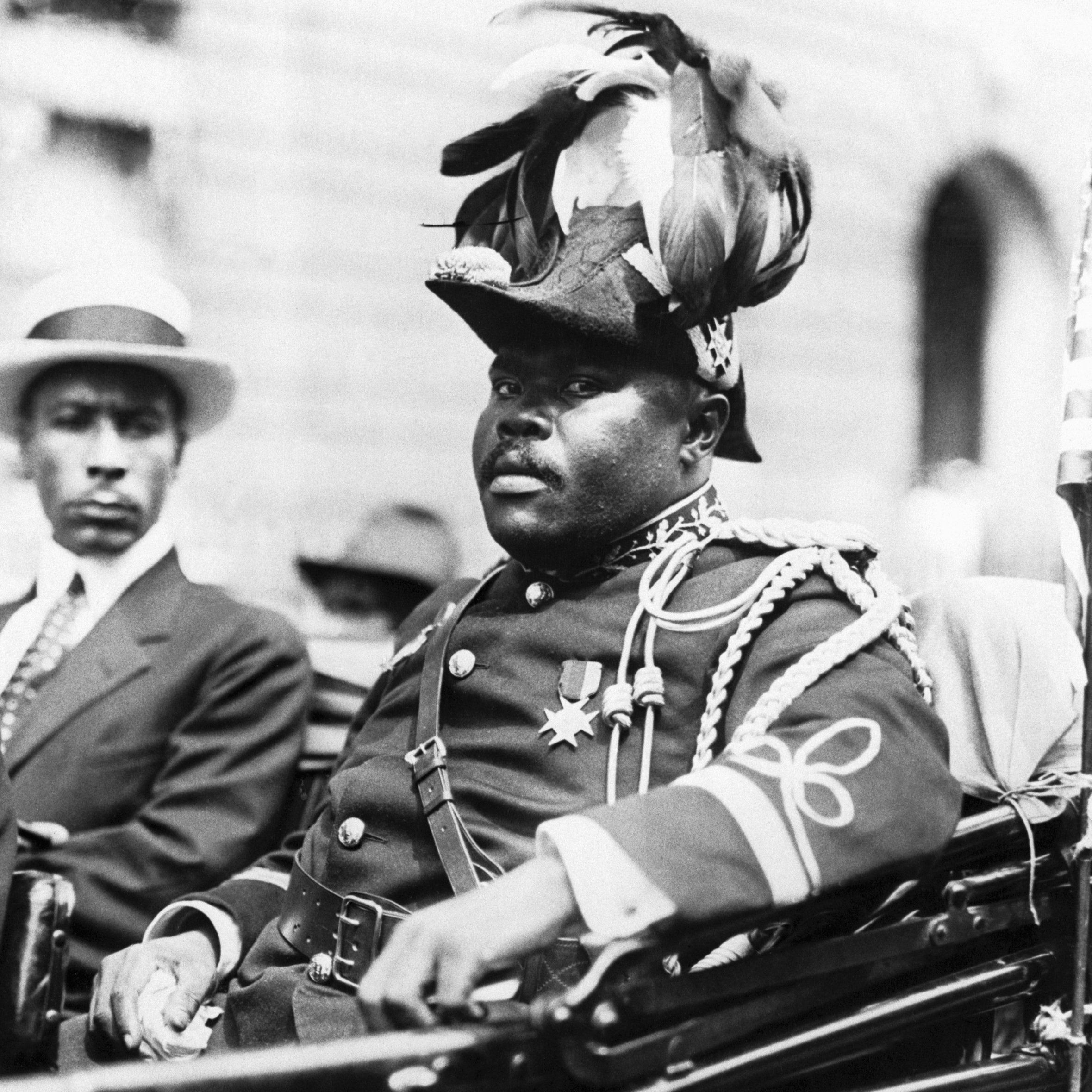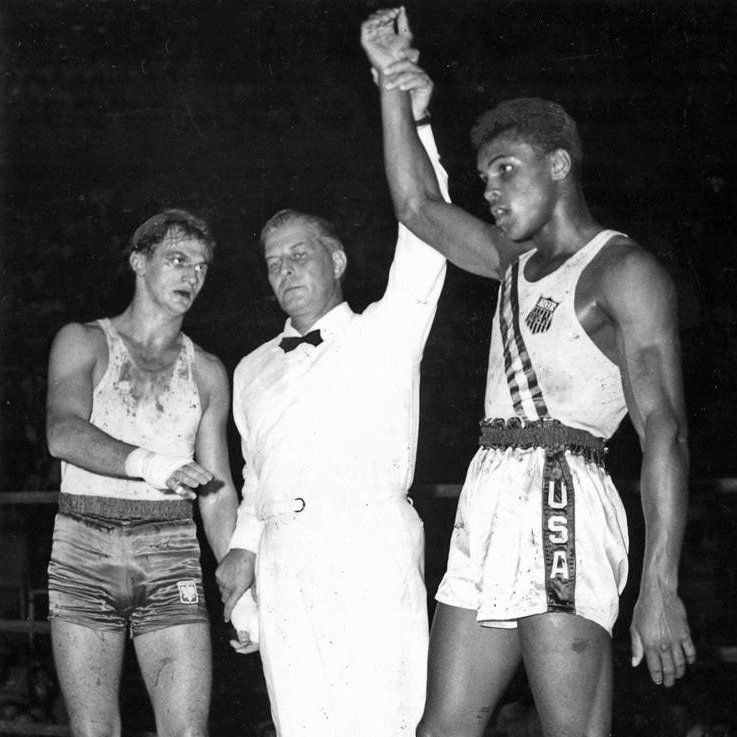
UNIT 4: MOVEMENTS AND DEBATES
#54 - 4.1 The Négritude and Negrismo Movements
The Negritude and Negrismo movements emerged in the early to mid-20th century, celebrating African heritage and critiquing colonialism. Negritude, led by figures like Senghor and Césaire, rejected French assimilation and elevated African culture. Negrismo, rooted in the Caribbean, highlighted African influences in hybrid identities, exemplified by Nicolás Guillén’s poetry. Both movements paralleled the Harlem Renaissance, fostering global Black cultural pride and anti-colonial resistance.
#55 - 4.2 Anticolonialism and Black Political Thought
The Black Freedom Movement (mid-20th century) opposed segregation in the U.S. and influenced global struggles. Civil Rights and Black Power leaders fostered diasporic solidarity, connecting African American liberation with African decolonization. Figures like Malcolm X, Kwame Nkrumah, and Maya Angelou promoted Pan-African ideals, inspiring mutual support. This global solidarity influenced politics, anti-apartheid efforts, and contemporary movements like Black Lives Matter and climate justice initiatives.
#56 - 4.3 African Americans in the Second World War: Double-V Campaign and the GI Bill
This lecture examines African Americans’ role in World War II, focusing on their military contributions, the Double V Campaign, and their access to GI Bill benefits. Despite segregation, African Americans served valiantly, exemplified by the Tuskegee Airmen and figures like Doris Miller. The Double V Campaign linked the fight against fascism abroad with racial justice at home. However, systemic racism limited black veterans’ access to GI Bill benefits, reinforcing inequality and energizing post-war civil rights activism.
#57 - 4.4 Discrimination, Segregation, and the Origins of the Civil Rights Movement
This lecture explores the persistent segregation and discrimination faced by African Americans in the mid-20th century and the Civil Rights Movement’s emergence. It examines Brown v. Board of Education, which declared school segregation unconstitutional, overturning Plessy v. Ferguson. Despite progress, resistance, including white flight and violence, delayed integration. Landmark cases like Alexander v. Holmes advanced desegregation, but rising de facto segregation underscores ongoing inequities in education and housing.
#58 - 4.5 Redlining and Housing Discrimination
Housing discrimination in the mid-20th century severely limited African Americans' opportunities for wealth accumulation, perpetuating economic and racial disparities. Practices like redlining, restrictive covenants, and predatory lending excluded Black families from homeownership, while segregation in public housing and systemic disinvestment worsened conditions. Despite violence and institutional barriers, African Americans resisted through community innovation, creating transportation services and advocating for civil rights, culminating in the Fair Housing Act of 1968.
#59 - 4.6 Major Civil Rights Organizations
The “Big Four” civil rights organizations—NAACP, SCLC, SNCC, and CORE—used nonviolent, inclusive methods like sit-ins, Freedom Rides, litigation, and mass media to combat systemic racism. Campaigns like the Montgomery Bus Boycott, Mississippi Freedom Summer, and the March on Washington highlighted economic and voting disparities. These efforts culminated in landmark federal legislation, including the 1964 Civil Rights Act and 1965 Voting Rights Act, advancing equality.
#60 - 4.7 Black women’s Leadership and Grassroots Organizing in the Civil Rights Movement
Black women leaders like Ella Baker, Fannie Lou Hamer, and Dorothy Height advanced civil rights through grassroots activism and community-centered strategies, despite facing gender discrimination. Their leadership empowered movements like SNCC and NCNW. Meanwhile, grassroots organizing in cities like Chicago (CCCO) and New York (1964 School Boycott) addressed de facto segregation, proving that local efforts were as transformative as leader-driven national campaigns in achieving civil rights progress.
#61 - 4.8 The Arts, Music, and the Politics of Freedom
Black artists, poets, and musicians played important roles in the Black Freedom Movement by highlighting racial inequality and inspiring global solidarity. Figures like Nicolás Guillén and Charles Mingus used poetry and jazz to expose systemic racism, while freedom songs like "We Shall Overcome" unified activists. Black churches served as organizing hubs, blending faith and music to sustain hope and mobilize communities in the fight for civil rights.
#62 - 4.9 Black religious Nationalism and the Black Power Movement
The Nation of Islam (NOI), founded in 1930, grew under Elijah Muhammad, promoting black empowerment and self-reliance among urban African-Americans. The Black Power movement, popularized by Stokely Carmichael in 1966, emphasized self-determination, cultural pride, and armed self-defense. Malcolm X, an NOI leader, championed black autonomy and self-defense but later evolved toward racial inclusivity, connecting African-American struggles with global liberation before his assassination in 1965.
#63 - 4.10 The Black Arts Movement
The Black Arts Movement (1960s-1970s) transformed Black culture by using art as a political tool for liberation. It emphasized art's societal impact over aesthetics, fostering debates on art's purpose. Influential in literature, music, and theater, it inspired African-American Studies, shaping interdisciplinary programs and platforms like new magazines and journals. This cultural revolution celebrated African heritage, critiqued assimilation, and linked Black art to historical traditions.
#64 - 4.11 The Black Panther Party for Self-Defense
The Black Panther Party for Self-Defense, founded in 1966 by Huey Newton and Bobby Seale, sought political, economic, and social reforms through its Ten-Point Program. It addressed systemic issues like police brutality, education, healthcare, and housing. Known for armed self-defense and community survival programs, the party faced government suppression and internal challenges, leaving a legacy of grassroots activism and influence on social justice movements.
#65 - 4.12 Black is Beautiful and Afrocentricity
The "Black is Beautiful" movement and Afrocentricity emerged in the 1960s-70s, celebrating Black identity, beauty, and connections to Africa. These movements countered Eurocentric norms, influencing hairstyles, fashion, naming practices, and academic research. They fostered African American Studies, emphasizing pride and cultural heritage. Critiques include overgeneralizing Africa's diversity and potentially mirroring Eurocentrism. Both profoundly reshaped cultural and academic landscapes.
#66 - 4.13 The Black Feminist Movement, Womanism, and Intersectionality
The Black feminist movement of the 20th century drew on earlier Black women’s activism, including figures like Jarena Lee, Sojourner Truth, and Harriet Tubman. Groups like the Combahee River Collective emphasized intersectionality, advocating for liberation from racism, sexism, and classism. Alice Walker’s concept of womanism critiqued feminism’s exclusion of Black women, while Kimberlé Crenshaw formalized intersectionality, highlighting overlapping oppressions.
#67 - 4.14 Interlocking Systems of Oppression
Lecture 67 explores Interlocking Systems of Oppression, focusing on their origins, interconnectedness, and representation in Black literature. The concept, introduced by Patricia Hill Collins in Black Feminist Thought (1990), builds on intersectionality, emphasizing how race, gender, class, and other identities interact with social systems like education, healthcare, and justice. Writers like Gwendolyn Brooks (Maud Martha) and Audre Lorde (Sister Outsider) depict these systems, highlighting the barriers, resilience, and nuanced lived experiences of Black individuals.
#68 - 4.15 Economic Growth and Black Political Representation
This lecture examines economic growth and Black political representation in the late 20th century. It highlights the rise of the Black middle class, driven by civil rights reforms, despite persistent racial wealth gaps. Educational and entrepreneurial progress reshaped urban areas, though disparities in debt and job prospects persist. The Voting Rights Act of 1965 spurred Black political representation, producing historic figures like Shirley Chisholm, Colin Powell, Barack Obama, and Kamala Harris, who exemplify progress in federal leadership.
#69 - 4.16 Demographic and Religious Diversity in Contemporary Black Communities
Since 2000, the African American population has grown and diversified through higher education rates, increased Black immigration from Africa and the Caribbean, and evolving self-identifications. Religious affiliation remains strong, with the Black church playing a central role in activism, education, and cultural expression. However, younger generations show rising religious disaffiliation. Black religious leaders continue to influence social justice movements.
#70 - 4.17 The Evolution of African American Music: From Spirituals to Hip-Hop
African American music evolved from spirituals to hip-hop, blending African musical traditions like improvisation, call-and-response, and syncopation. Influencing global genres, spirituals carried hidden messages, blues conveyed struggles, and jazz fostered innovation. Hip-hop emerged in the 1970s as a cultural movement with DJing, rapping, breakdancing, and graffiti. It remains a global force for activism, storytelling, and cultural expression.
#71 - 4.18 Black Life in Theater, TV, and Film
This lecture examines the representation of African Americans in theater, TV, and film. Oscar Micheaux pioneered Black filmmaking, challenging stereotypes and creating opportunities for Black actors. Soul Train mainstreamed Black music, fashion, and culture. Black theater thrived alongside the Black Arts Movement, with key works like A Raisin in the Sun. Black television expanded depictions of Black life across multiple genres.
#72 - 4.19 African Americans in Sports
African American athletes have played a crucial role in breaking racial barriers and advocating for equality. Black jockeys dominated horse racing post-Reconstruction, while the Colored Hockey League pioneered innovations in hockey. The Negro Leagues showcased Black baseball talent before integration in 1947. Olympians like Jesse Owens and Simone Biles defied discrimination, while activists like Muhammad Ali, Tommie Smith, John Carlos, and Colin Kaepernick used sports to protest injustice.
#73 - 4.20 Science, Medicine, and Technology in Black Communities
This lecture explores African-Americans' contributions to science, medicine, and technology. Innovators like Lewis Latimer and Patricia Bath advanced engineering and medical fields, while pioneers like Katherine Johnson and Mae Jemison shaped space exploration. African-Americans also played vital roles in healthcare access, medical training, and disability rights, facing systemic discrimination yet driving progress through activism and groundbreaking discoveries.
#74 - 4.21 Black Studies, Black Futures, and Afrofuturism
African American Studies is an interdisciplinary field examining Black cultural expression, racial inequities, and historical resilience. Afrofuturism reimagines Black pasts and futures through technology, art, and science fiction. Early examples include Phillis Wheatley and Benjamin Banneker, while later works, like Sun Ra’s cosmic jazz and Black Panther, envision empowered, technologically advanced Black identities beyond oppression.



